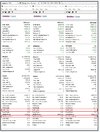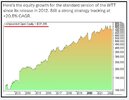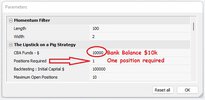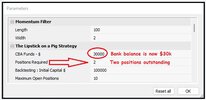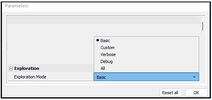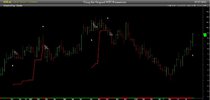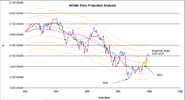- Joined
- 28 December 2013
- Posts
- 6,392
- Reactions
- 24,319
Let's for a second concentrate on the Risk-Reward Ratio
When we start evaluating a strategy we are really seeking the answer to one simple question & that is "how do we measure" the success of a strategy?
As traders, we are all seeking consistent returns
I’m not going to talk about those just starting out, who typically trade on news & gut feeling as "during this stage", they don't know any better. The major hurdle when starting out is "what to buy" without any consideration for selling. I've been there & I guess most others have as well.
Some trade on fundamentals, some trade on technicals
I trade using 100% Technical Analysis as it’s the only way I seem to be able to make money. But I do believe if you are comfortable trading one method over the other & it gives you an edge, it's the right method for you.
Skate.
When we start evaluating a strategy we are really seeking the answer to one simple question & that is "how do we measure" the success of a strategy?
As traders, we are all seeking consistent returns
I’m not going to talk about those just starting out, who typically trade on news & gut feeling as "during this stage", they don't know any better. The major hurdle when starting out is "what to buy" without any consideration for selling. I've been there & I guess most others have as well.
Some trade on fundamentals, some trade on technicals
I trade using 100% Technical Analysis as it’s the only way I seem to be able to make money. But I do believe if you are comfortable trading one method over the other & it gives you an edge, it's the right method for you.
Skate.

